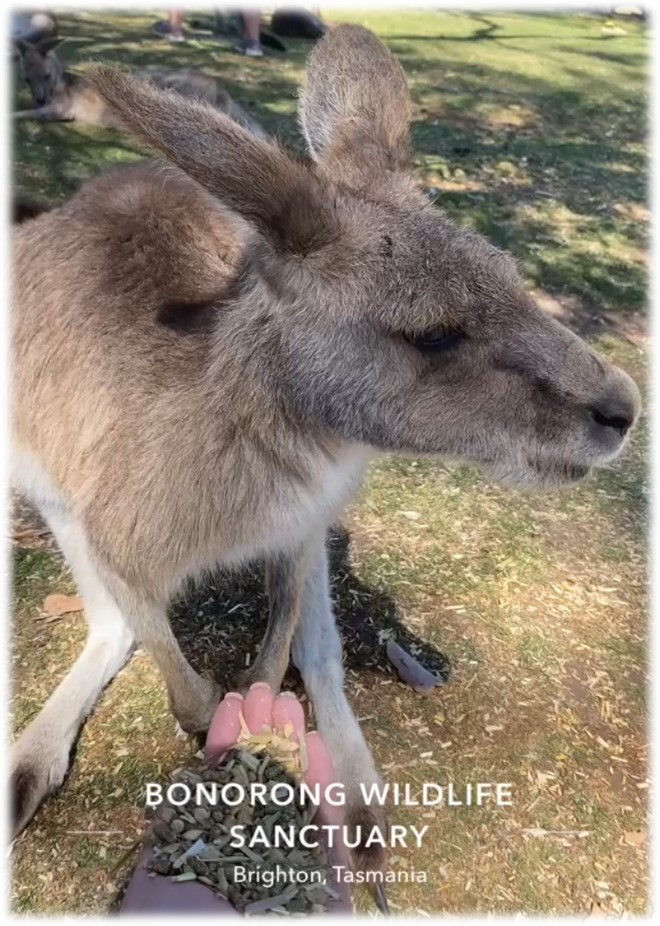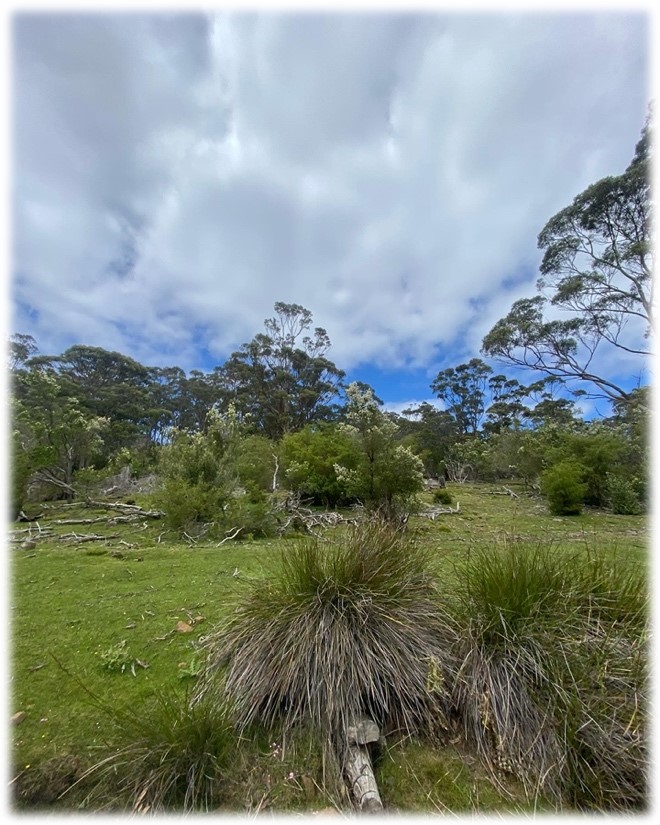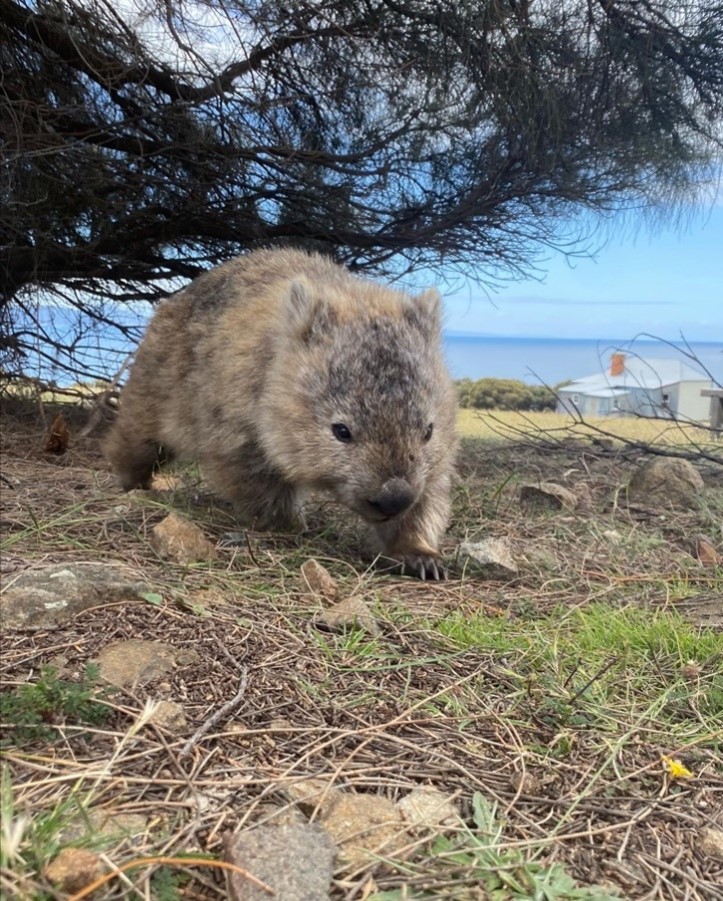by Lilly Cast
Australia is home to numerous animals of all shapes and sizes. There are multiple organizations and groups that work hard to ensure the protection and care for the wildlife of Australia. Australians take pride in showing the efforts they have made to preserve the natural beauty of their country.
Australia is home to multiple endangered species including the Tasmanian Devil, Australian Sea Lion, several species of parrots and many more. What the natives and visitors do through their time on Australia’s islands and mainland can have a big impact on the wildlife that live there.
"Not everything in Australia wants to kill you, but everything in Australia can kill you" — Tom, Daintree Rainforest guide
BONORONG WILDLIFE SANCTUARY
While in Tasmania, we got the chance to visit the Bonorong Wildlife Sanctuary in Brighton, Tasmania. We were given a tour and educated on some of the animals they had in the sanctuary, why they do what they do, and got to feed some kangaroos while we were there.
The sanctuary’s basic goal is to take in injured animals and return them to the wild when they are rehabilited to complete health. Injured animals can either be brought in by the public or they can call the 24-hour rescue service line provided by the sanctuary. The biggest cause for wild animal being injured is from being hit by vehicles. At night, it is highly suggested to slow down to avoid injury to a curious animal that may have wandered too close to the road.

The sanctuary has an on-site animal hospital which they utilize to help withthe animal’s road to recovery. The sanctuary proudly stated that they were able to release around 14,000 animals the previous year!
While at the sanctuary, we were able to encounter a variety of animals. We were able to meet Fred the Sulphur-crested cockatoo. Fred is over 100 years old and even received a letter from the Queen of England congratulating him on his birthday. We were also able to see a baby wombat, echidnas, some different breeds of birds, and a Tasmanian Devil.
Our tour guide informed us that the reason Tasmanian Devils are endangered is mainly due to the Facial Tumor Disease. Tasmanian Devils get a bad reputation of being aggressive and mean. He told us that typically they are not trying to hurt anyone. Sometimes they are just playing and accidentally can cause harm.
Fun Fact
Wombats feces are cube-like for them to mark their territory. They expel their feces somewhere it can be seen and due to it being cube-like, it won’t roll away.
MARIA ISLAND
Maria Island is one of Tasmania’s National Parks. It is currently protected by Tasmania Parks and Wildlife Services. It is home to multiple species of animals and plants. Maria Island was also chosen for captive breeding of Tasmanian Devils to help rebuild their numbers.
While visiting the island, we were able to see up close multiple wombats, a couple of wallabies, and even a black tiger snake. Luckily the snake kept its distance as it is one of the most poisonous on Tasmania.
A major rule on Maria Island is to leave no trace. Protecting the quality of the wildlife for visitors and natives is something they emphasize. We are visiting their home and under no circumstances could we feed or touch the animals. Not only could it be unsafe for us, but we could have also made them very sick.

Fun Fact
Since the late 1960s, several endangered species have been introduced to Maria Island as part of conservation efforts.
BRUNY ISLAND
Bruny Island is located about an hour away from Tasmania capital city but is well worth the travel. The island is home to a variety of species of animals and plants. We were fortunate enough to be able to spot seals and some white bellied sea eagles. Bruny Island is home to 12 bird species endemic to Tasmania.
The island is also home to rare white wallabies.
Fun Fact
Typically having bright white fur in the wild can be a disadvantage, but due to the lack of predators on Bruny Island, the albino wallabies are able to thrive.
Key Takeaways
- Wildlife conservation and management is a main goal for Australia.
- Improvements have been made in the government and in companies to help in the process of protecting the wildlife.
- Australia is home to numerous species that are not found anywhere else in the world.
- Australia is diverse in ecosystems, environments, and animals.
More Information
- Bonorong Wildlife Sanctuary: bonorong.com.au
- Maria Island: https://parks.tas.gov.au/explore-our-parks/maria-island-national-park
- Bruny Island: www.brunyisland.org.au
